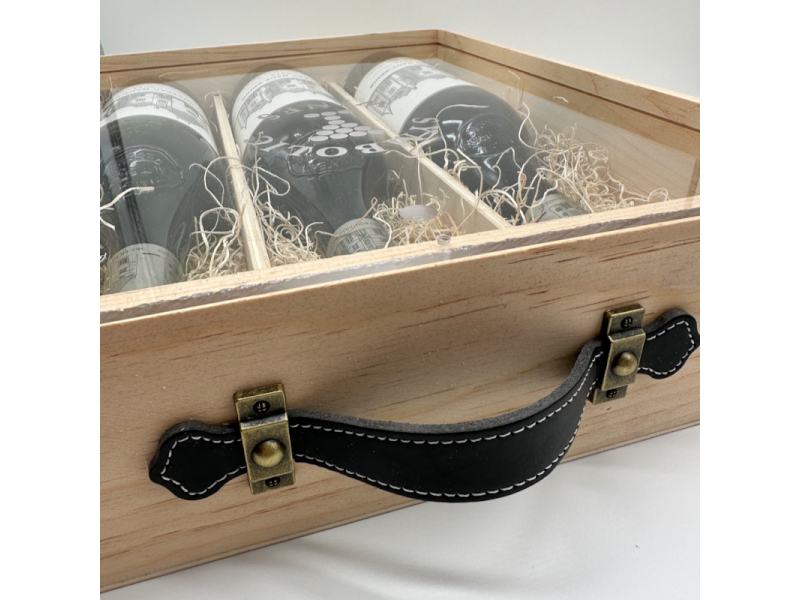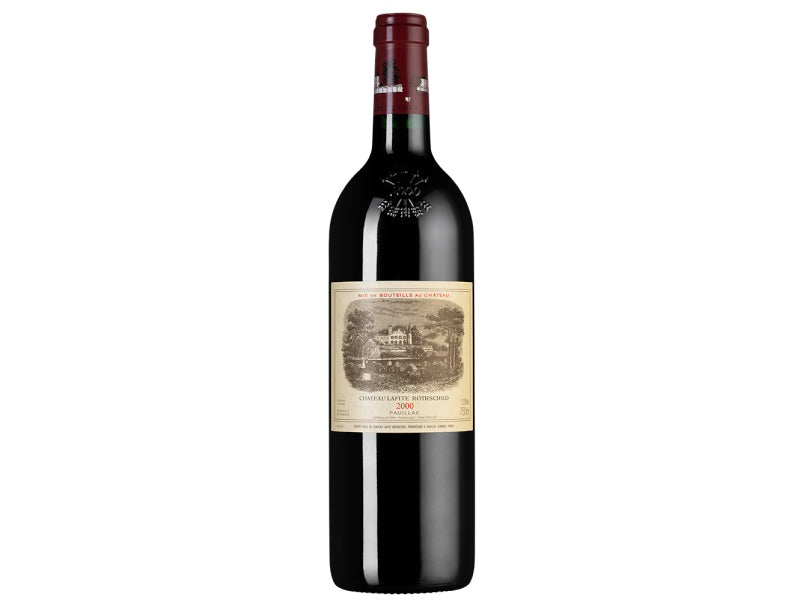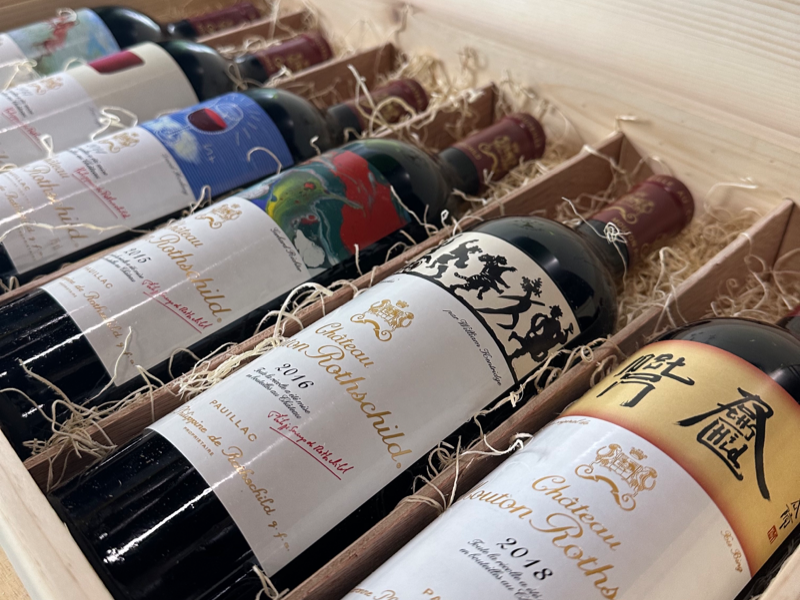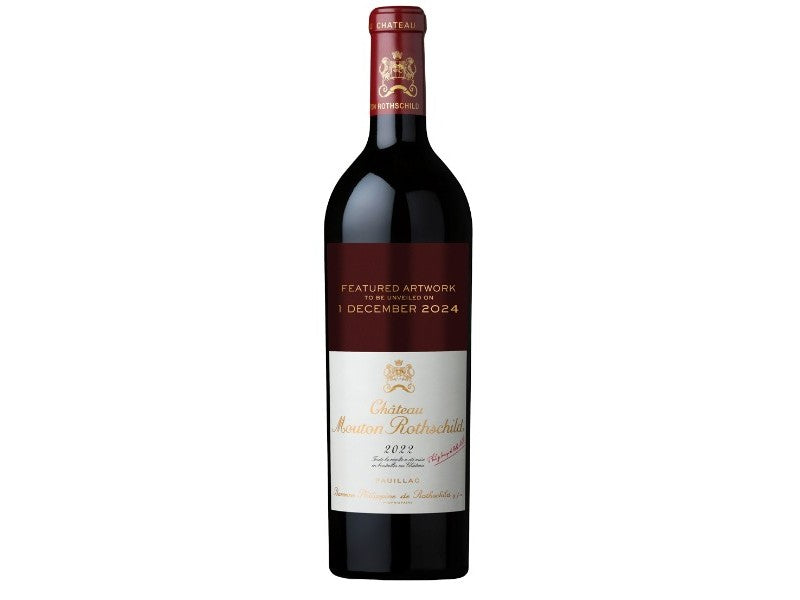
Photo: Cité du Vin (The Wine City) Wine museum in Bordeaux
Credit to photo: Shutterstock/trabantos; Jilko; Sergey Kelin
Text by: Symbolic wines
The Bordeaux wine region, located in southwest France, is synonymous with world-class wine production. With its rich history, diverse terroir, and a multitude of prestigious vineyards, Bordeaux stands as a beacon for oenophiles and casual wine drinkers alike. Renowned for its exceptional red wines, the region also produces exquisite whites and acclaimed sweet dessert wines, making it one of the most important wine regions in the world.
Bordeaux is uniquely situated between the Garonne and Dordogne rivers, which, along with the Gironde estuary, creates a distinct microclimate that benefits grape growth. The region boasts a varied landscape with diverse soil types, including gravel, clay, limestone, and sand. This variety allows for a wide range of grape varieties, each adapted to its specific terroir, contributing to the complexity of Bordeaux wines.

Map of wine subregions of Bordeaux
The history of wine production in Bordeaux dates back to Roman times, making it one of the oldest wine regions in the world. The favorable climate and fertile soil attracted winemakers, and the trade routes established during the Roman era laid the groundwork for Bordeaux’s wine commerce. The region gained prominence in the 12th century when Eleanor of Aquitaine married Henry Plantagenet, leading to closer ties with England and an increased demand for Bordeaux wines.
The subregions and appellations
Bordeaux is the best wine region to start learning the concept of AOCs. Appellation d'Origine Contrôlée – is a geographical location with its own borders and strict rules of winemaking. Almost like the US states. It may be small like Sauternes AOC and huge like the whole Bordeaux AOC. AOC is the main legislative wine division unit in France. If wine is produced in an AOC, it must obey its restrictions and laws – production quantities, grape varieties, and so on – even the form of the bottle is usually controlled by the AOC rules. Bordeaux itself is a region, and an AOC. Inside Bordeaux AOC there are more AOCs, called the subregions. Inside the subregional AOCs there are even more AOCs, regulating rules of wine production in that very location.
Below is the list of the main Bordeaux subregions and AOCs.
THE LEFT BANK
Médoc
Médoc AOC
Haut-Médoc AOC
Listrac-Médoc AOC
Moulis-en-Médoc AOC
Graves and Saunternes
Graves AOC
Graves Supérieures AOC
Barsac AOC
Cérons AOC
THE RIGHT BANK
Libournais
Montagne-Saint-Émilion AOC
Saint-Georges-Saint-Émilion AOC
Lussac-Saint-Émilion AOC
Puisseguin-Saint-Émilion AOC
Lalande-de-Pomerol AOC
Fronsac AOC
Canon-Fronsac AOC
Pomerol AOC
ENTRE-DEUX-MERS
Entre-Deux-Mers AOC
Graves de Vayres AOC
Cadillac AOC
Loupiac AOC
Sainte-Croix-du-Mont AOC
Bordeaux-Haut-Benauge AOC
Entre-Deux-Mers Haut-Benauge AOC
Côtes-de-Bordeaux-Saint-Macaire AOC
Sainte-Foy-Bordeaux AOC
Historically, all the Bordeaux estates are divided into 2 large subgroups – the ones situated on the left bank of Gironde and those on the right bank. Left bankers are believed to produce more cabernet-sauvignon-based wines and on the right side there are more merlot’s-driven wines. Of course, there are exceptions. This varietal division is believed to exist because on the left bank there is more gravel in soils – the stream brings stones, which are, in complex with other ingredients, better for cabernet-sauvignon. On the other hand, the right bank AOCs are rich with clay and limestone – the perfect components for merlot. Between the right and the left bank – there’s an Entre Deux Mers subregion (literally translates from French like “between the two seas”).

The building and vineyards of Cos d'Estournel, second growth Grand Cru from Saint-Estèphe (according to 1855 classification).
Grape Varieties
Cabernet Sauvignon: Dominates the Left Bank, contributing power, structure and aging potential.
Merlot: Prevalent on the Right Bank, known for its fruitiness and accessibility.
Cabernet Franc: Adds finesse and aromatic complexity to blended wines.
Malbec: Historically significant in Bordeaux, providing deep color and tannin.
Petit Verdot: Often used in small quantities for added color and spice.
Sauvignon Blanc: Known for bright acidity and citrus characteristics.
Sémillon: Adds body and richness, particularly in sweet wines.
Muscadelle: Used in smaller proportions, adding floral notes.

































